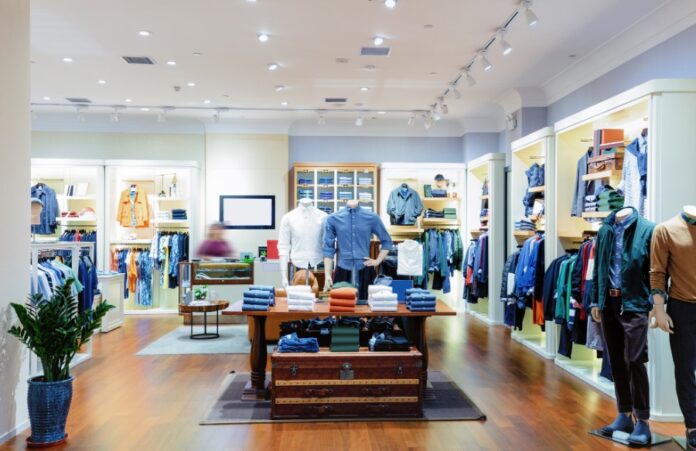As a small business owner, you want to invest in design for your business–it’ll drive sales!
Designing your business is one of the best investments you’ll make. But prioritizing it can feel tricky.
One of the first places to invest in design is your retail store because it is visual and open to direct customers.
Read on to learn more about a quick guide to retail store design.
Establishing Your Brand Through Store Design
Using color, materials, layout, and lighting will all help make sure your store design is unified and effective. The color palette and retail store decor selection should work with your existing branding and highlight your products. The layout should also highlight key merchandise areas and create a smooth flow throughout.
Select materials that are well-suited to your environment and promote sustainability. Lighting is a major element in store design and it creates the right atmosphere. All these elements should come together to create a unified interior design of your store that helps to establish your brand.
Fitting the Correct Number of Products
Fitting the correct number of products onto the store floor is one of the key aspects of this design. It is a tightrope walk between providing enough variety to stimulate customers and presenting them with an overly crowded, overwhelming experience.
To get this number right, define reasonable stocking levels for each product. Specify sizes that are most likely to appeal to customers in your catchment area.
Understand the local market. This can help you adjust the ratio of classic to new and trendy products to draw in customers with varying interests.
Maximizing Your Store’s Efficiency
Store layout should maximize the flow of customers and goods. Arrange displays so that shoppers have a clear path when browsing products.
Merchandise should be organized in sections defined by categories or departments. In comparison, shelves and displays should be spaced to give shoppers ample room to move.
Good store design should also be practical and efficient. It should have staff areas and storage spaces laid out in an organized manner to maximize productivity and cut delays. Careful retail store design is key to helping a store reach its potential.
To help you achieve this, make sure you only work with experienced and professional commercial build out contractors.
Utilizing Signage to Direct Customers
With the right signage, you can maximize traffic and ensure that customers have quick access to items. Floor signs, aisle signs, wall signs, and shelf labels are great for mapping out customer traffic flow. It also helps in directing customers to certain items or sections of the store.
Promotional, point-of-sale, and directional signs help draw attention to key products and services. Assessing a sign’s size, color, and placement is important. This can affect customer shopping habits.
Also, consider the different types of signage depending on the customer demographics.
Choose the Best Retail Store Design for Your Business
The retail store design is crucial for any retail business that wants to stand out and create an enjoyable atmosphere for visitors. From layout to lighting and displays to color, stores should focus on curating an atmosphere that is most conducive for their desired customer.
Get started today and see the tangible benefits of a great retail store layout and design.
Check out the rest of our articles for other helpful guides you can use.










